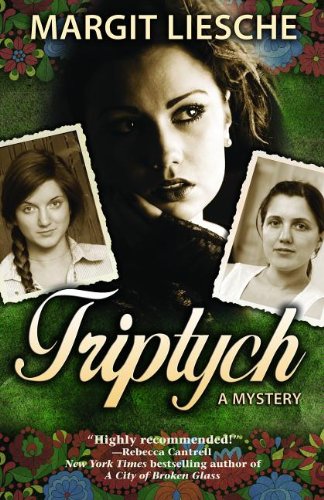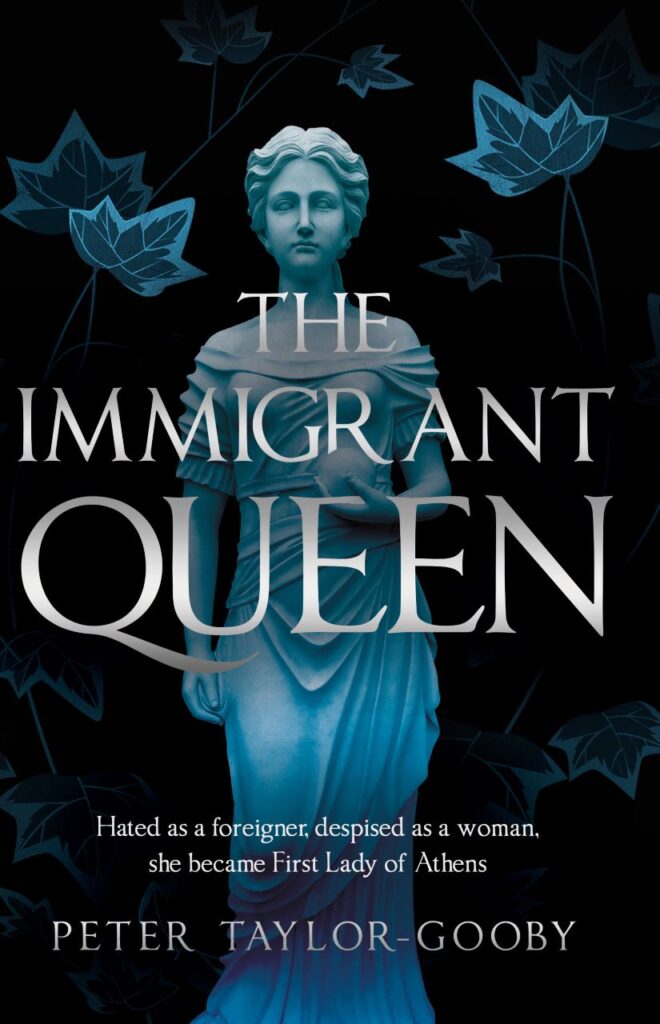Triptych: A Mystery
Triptych tells the story of the consequences of the Hungarian Uprising of 1956, which extend into the second generation. In 1956 Budapest, Évike is a child whose parents are revolutionaries. She is summoned to the school director’s office, and during an interrogation by the Communist authorities, does her best to redirect suspicion from her parents. Ildikó’s story takes place in 1986. Her parents lived in America at the time of the Uprising, but her aunt in Budapest disappeared, and no one knew her fate. Ildikó’s mother had visited Hungary to see her family in the 1960s, but after returning to Chicago, had died under an El train in a mysterious accident. Were the visit and the death connected? She left Ildikó a triptych needlework depicting the fairy tale “The Twelve Dancing Princesses,” but Ildikó begins to suspect her mother incorporated a message in the work. Ildikó is drawn to visit her relatives in Hungary to find out the truth about her mother’s death and her aunt’s disappearance. She is unaware that Évike’s actions in 1956 will have an effect on her own fate in 1986.
I did not know much detail about the Uprising and was glad to learn about it while reading this enjoyable novel. There are several whodunits to be solved: What happened to Évike? Was Ildikó’s mother’s death an accident or suicide? What happened to Aunt Kati after she disappeared? I was a bit skeptical about the fate of the culprit in the denouement, but other elements of the story were satisfying enough to make up for that. Ildikó’s quest for her roots will strike a chord in the children and grandchildren of Eastern European immigrants who left the region in order to seek a better life elsewhere.










